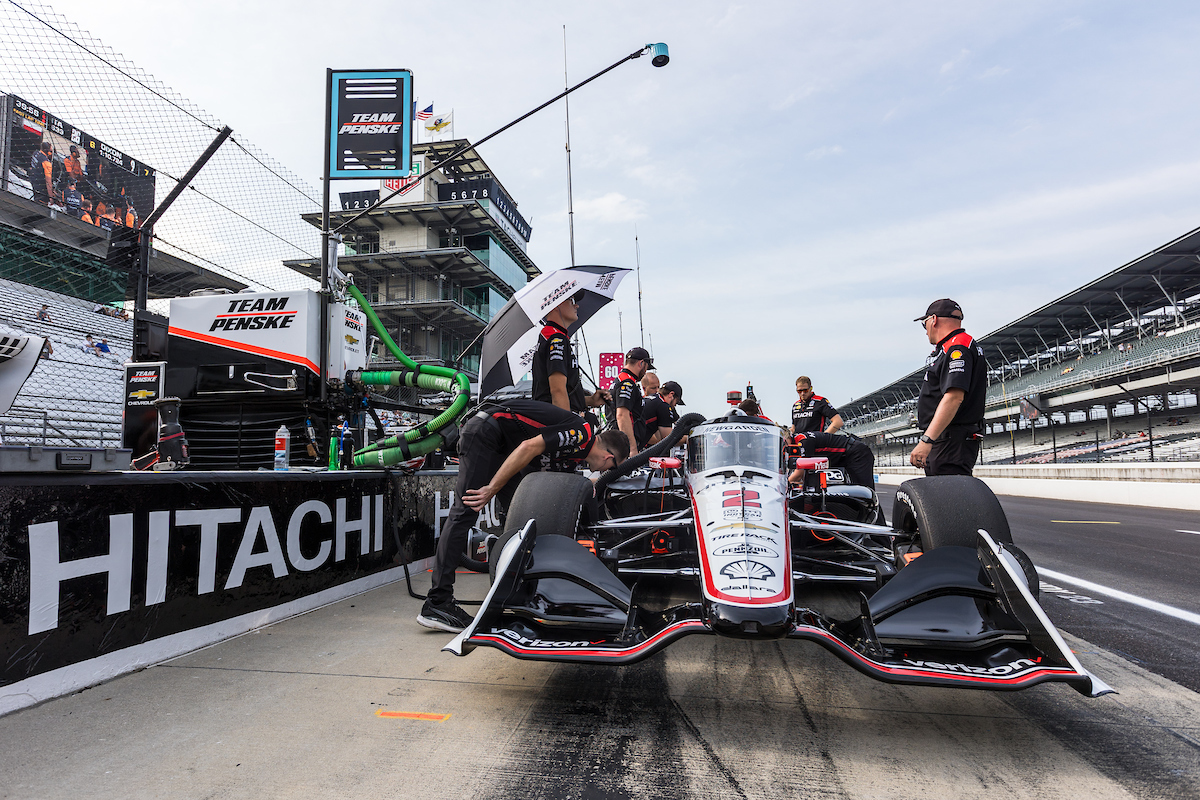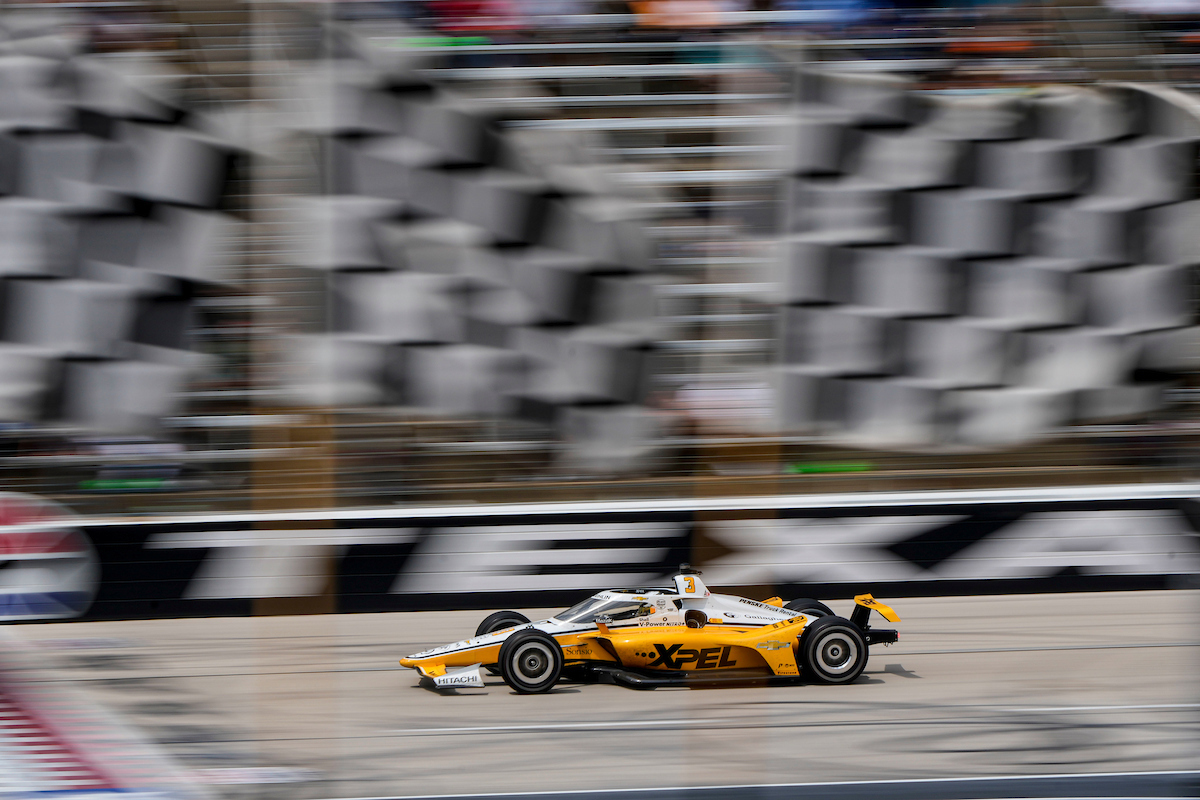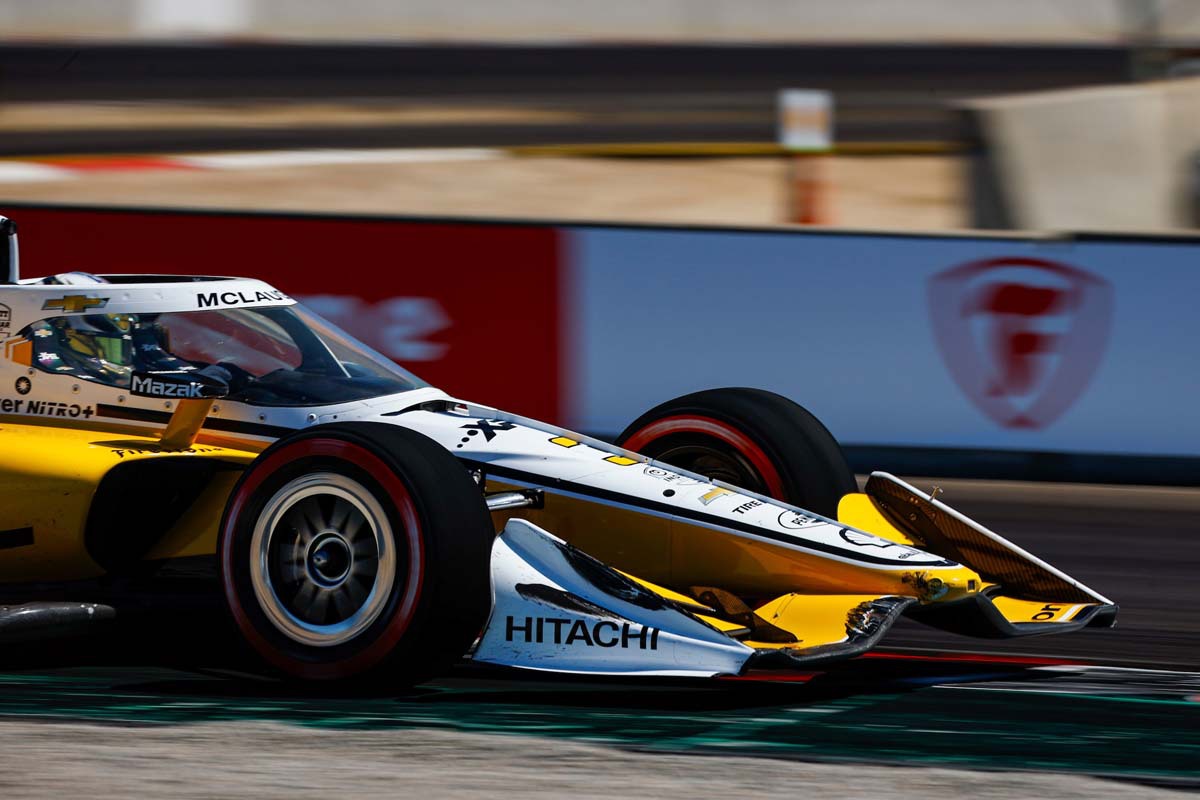Why did IndyCar add windshields?
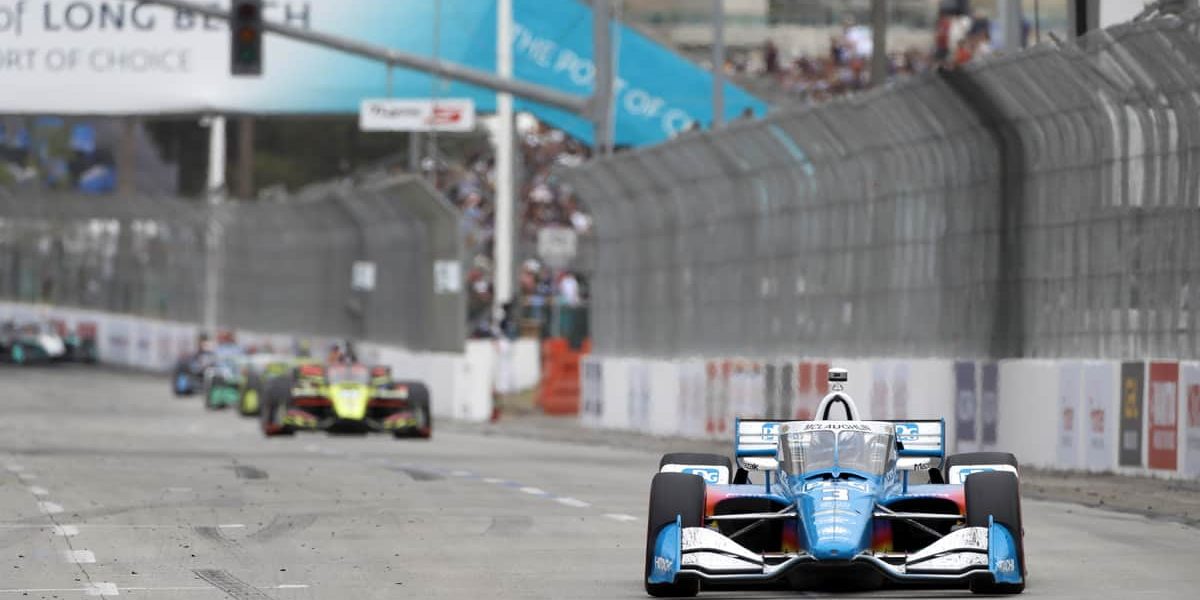

Why exactly did IndyCar add windshields? Are they even useful?
Following extensive development, IndyCar introduced aeroscreen to their cars during the 2020 season. It is a well-known fact that new technologies bring with them a collection of pros and cons, fan reactions and driver performance to name a few. The aeroscreen is not an exception.
With IndyCar returning to the tracks on February 27, 2022, let’s have a brief recap of how the past seasons have been with the aeroscreens.
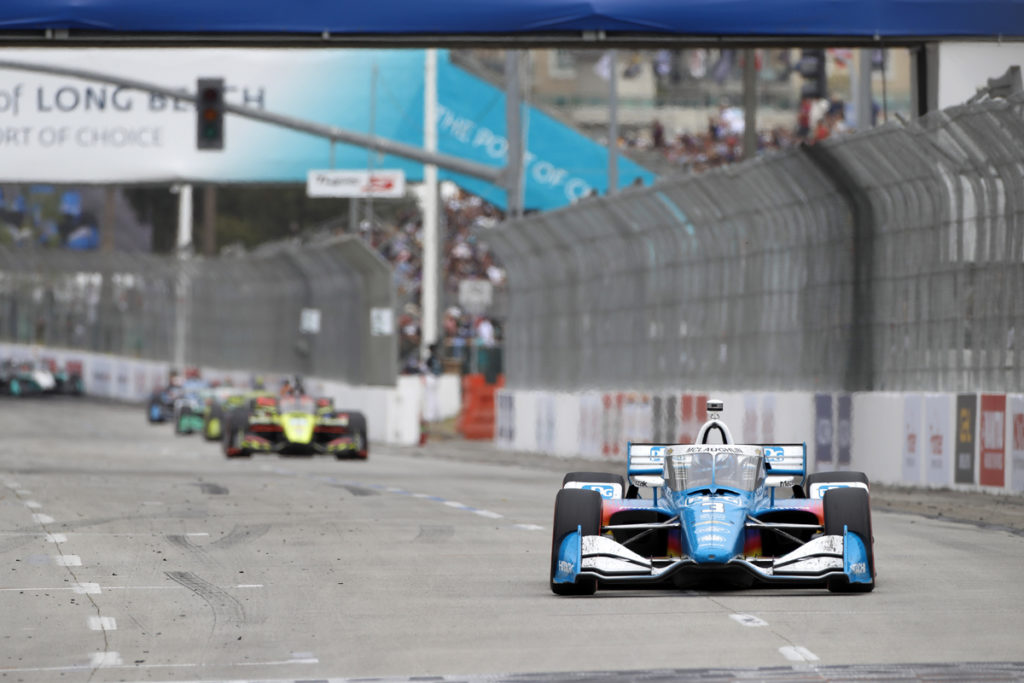
Table of Contents
What Is IndyCar’s Aeroscreen?
These days, motorsports like NASCAR and Formula 1 are all about creating a great fan experience without sacrificing the safety of the drivers and teams. IndyCar has taken the same approach in 2020.
Some series may refuse to design cars with completely closed cockpits or install screens but not IndyCar. They decided to introduce the aeroscreen—a reinforced windshield for lack of a better word—to provide more security to the drivers.
Designed in partnership between IndyCar and Red Bull Advanced Technologies, the aeroscreen is made of a “ballistic, canopy-like windscreen anchored by a titanium framework that encompasses the cockpit.”
Frames can hold 34,000 pounds of static weight, while screens can withstand the impact of a two-pound object struck at more than 220 miles per hour.
During some of the first tests with the prototype, the aeroscreen obstructed visibility, which was a significant problem. As a result, a heating device has been implemented to prevent fogging. Inside the screen is an anti-reflective coating that can be removed during pit stops, and up to eight tear-offs are available.
Pros of the Aeroscreen
Aeroscreens for IndyCars offer some obvious benefits, not the least of which is that they provide protection against some of the worst crashes possible in open-wheel racing.
The aeroscreen proves its safety aspect in the first of the 2020 Iowa IndyCar 250s, which proved the teething process was well worth it. A wheel came loose on Will Power’s car and ricocheted into the aeroscreen, causing him to crash. Rinus Veekay’s head was not grazed by the underside of Herta’s Honda after Herta drove over his entire car. Marcus Ericsson’s aeroscreen was damaged by a piece of debris from the crash. The aeroscreen saved the lives of three drivers within a half-hour.
IndyCar has clearly demonstrated its willingness to take criticism and make rapid changes based on its response to the heat issue thus far. Aeroscreens needed tweaks throughout the season, but it was encouraging that adjustments were being implemented so quickly.
Fans may disagree over the aesthetics of the aeroscreen, but there is one advantage in that respect: the screen has an inset camera that faces the cockpit, giving viewers a unique perspective on the drivers. For the first time, fans can watch a driver’s helmet as he runs through the twists and turns of road courses and the high G-forces of ovals.
Cons of the Aeroscreen
Due to reduced airflow, the aeroscreen was criticized as obstructing the driver’s vision and as very hot. During the 2020 races, excessive heat had become a key factor, as well as the glare and fisheye effect of the screen.
With the new aeroscreen, the windscreen edge had been added with vents that directed air directly into the driver’s body. The angle of these vents could be adjusted to suit the driver’s height and preference. The nose of the car had been modified to include vents that direct some air to the driver’s legs. The helmet also had an air inlet that directed air to the driver’s head.
There were still significant airflow problems despite those tweaks. During a race, Conor Daly reported losing between 10 and 12 pounds, while other athletes have complained about problems with their helmet’s air inlet or water bags inside their cars. Herta was not provided with any water. The location of the water pouch near the radiators made the water at the first event at Texas Motor Speedway “hotter than tea,” according to Patricio O’Ward.
During weekend practice sessions, IndyCar had prompted teams to test an air scoop that angles air downward from the top of the screen to help cool the cockpit when temperatures are high. During pit stops, IndyCar had allowed each team’s aeroscreen pit attendant to give drivers a drinking bottle to hold on to the water in their drink pouches.
While Ryan Hunter-Reay praised the scoop for increasing airflow, he also noted that it funnels debris into the cockpit that would otherwise not enter. There haven’t been any significant cooling improvements reported by other drivers, so heat remained an issue.
Next season, IndyCar fans can expect a newer car with a new engine and hybrid unit which may or may not be heavier and nimble. It’s kinda counterproductive since the added weight increases safety measures. Rest assured, though, IndyCar is very receptive to criticisms and they will surely find a solution for the weight issue if any.
Conclusion: Why did IndyCar add windshields?
Whether you agree with the addition of the aeroscreen or not, it is safe to assume that the windshields are not going anywhere.
IndyCar returns for the new season on February 27, 2022.






